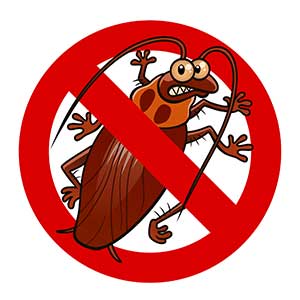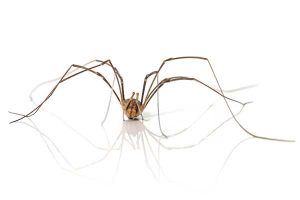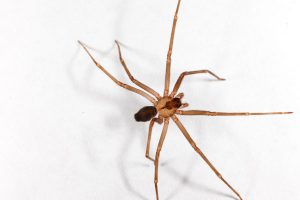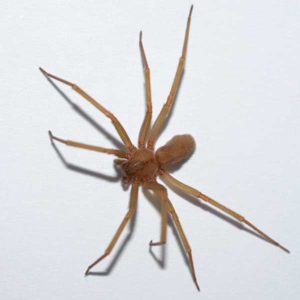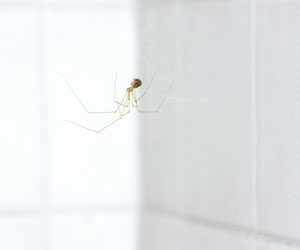 While seeing spiders is a normal part of daily life throughout the entire year, they are especially abundant in the fall months. Every year when temperatures begin to drop, spiders start to move inside of homes for shelter and in search of a mate. As with most pests, spiders dislike cooler weather and are attracted to the dark, warm areas easily found inside of homes. Although most species won’t cause harm, no homeowner want a spider infestation. Thankfully, there are a number of ways you can prevent spiders from getting inside of your property in the first place. Read on for Rentokil’s top spider prevention tips for this fall and all year long.
While seeing spiders is a normal part of daily life throughout the entire year, they are especially abundant in the fall months. Every year when temperatures begin to drop, spiders start to move inside of homes for shelter and in search of a mate. As with most pests, spiders dislike cooler weather and are attracted to the dark, warm areas easily found inside of homes. Although most species won’t cause harm, no homeowner want a spider infestation. Thankfully, there are a number of ways you can prevent spiders from getting inside of your property in the first place. Read on for Rentokil’s top spider prevention tips for this fall and all year long.
What are Spiders Attracted To?
Like any pest, spiders are driven indoors for survival-based reasons. Some of the things inside your property that spiders may be attracted to include:
- Food: If you have other types of insects inside your home due to leaving out food or messes, spiders will appear to feed on those insects.
- Clutter: Piles of debris, clothes, garbage, or anything else are the perfect hiding spots for spiders.
- Warmth & darkness: Darker, warm areas of the home are sought out by spiders.
How to Spider-Proof Your Home
Except for black widows and desert brown spiders, most spiders are harmless and not aggressive. That said, no one wants to deal with an excess of spiders in their home, no matter what type they are! Successfully keeping spiders out of your home requires the same efforts needed for all types of pest control:
- Locate and seal any potential entry points for spiders. This includes patching up holes, cracks, crevices, and the like in your windows, doors, and more.
- Always inspect old boxes or pieces of furniture for spiders before bringing them indoors in case spiders are lurking.
- Keep a tidy home. As mentioned previously, clutter and messes provide ample shelter for spiders.
- Take proper care of your lawn and landscape. Untrimmed shrubbery and overgrown grass may draw spiders to your property, eventually allowing them indoors.
How to Get Rid of Spiders
Even when you’ve tried to seal your home from spiders, they may still be able to make their way indoors. DIY spider control only works so well, and seeing an excess of spiders inside your home signals that you need to call a professional pest control company. Expert pest technicians, such as those found at Rentokil, can not only locate the source of your spider problem but also keep future infestations from occurring.

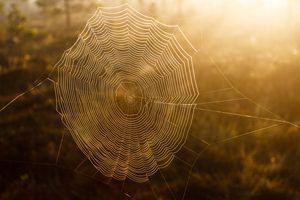 Very few people welcome the sight of a spider in or near their home, and it can be a frightening experience for many! While most spiders are typically harmless and actually beneficial to the environment, there are a few in the Las Vegas area to be wary of. Along with the desert brown spider, black widows are not only one of the most common spiders in Southern Nevada but also the most dangerous. Although they only bite when threatened, there are a number of ways you can prevent these poisonous spiders from getting in or near your home.
Very few people welcome the sight of a spider in or near their home, and it can be a frightening experience for many! While most spiders are typically harmless and actually beneficial to the environment, there are a few in the Las Vegas area to be wary of. Along with the desert brown spider, black widows are not only one of the most common spiders in Southern Nevada but also the most dangerous. Although they only bite when threatened, there are a number of ways you can prevent these poisonous spiders from getting in or near your home.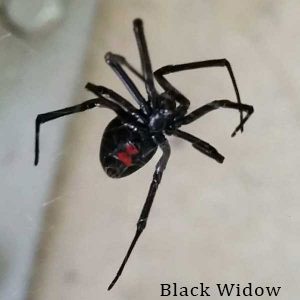 That said, the Las Vegas area harbors several dangerous spiders that you definitely don’t want hanging out in your home, including the black widow, desert brown recluse, and wolf spider. By being aware of what spiders to look out for in your house as well as implementing prevention tactics, you can effectively reduce the amount of spiders that find their way inside.
That said, the Las Vegas area harbors several dangerous spiders that you definitely don’t want hanging out in your home, including the black widow, desert brown recluse, and wolf spider. By being aware of what spiders to look out for in your house as well as implementing prevention tactics, you can effectively reduce the amount of spiders that find their way inside.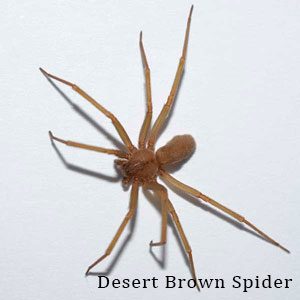 They are especially aggressive when they are defending their eggs, which is typically when a bite may occur.
They are especially aggressive when they are defending their eggs, which is typically when a bite may occur.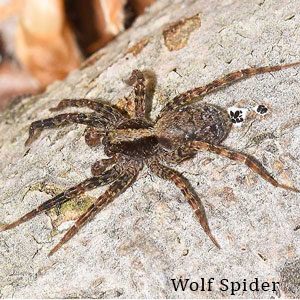 Taking preventative measures to ensure your home is not suitable for spiders is the best method of avoiding and controlling dangerous spiders infestations. Some spider prevention tips include:
Taking preventative measures to ensure your home is not suitable for spiders is the best method of avoiding and controlling dangerous spiders infestations. Some spider prevention tips include: